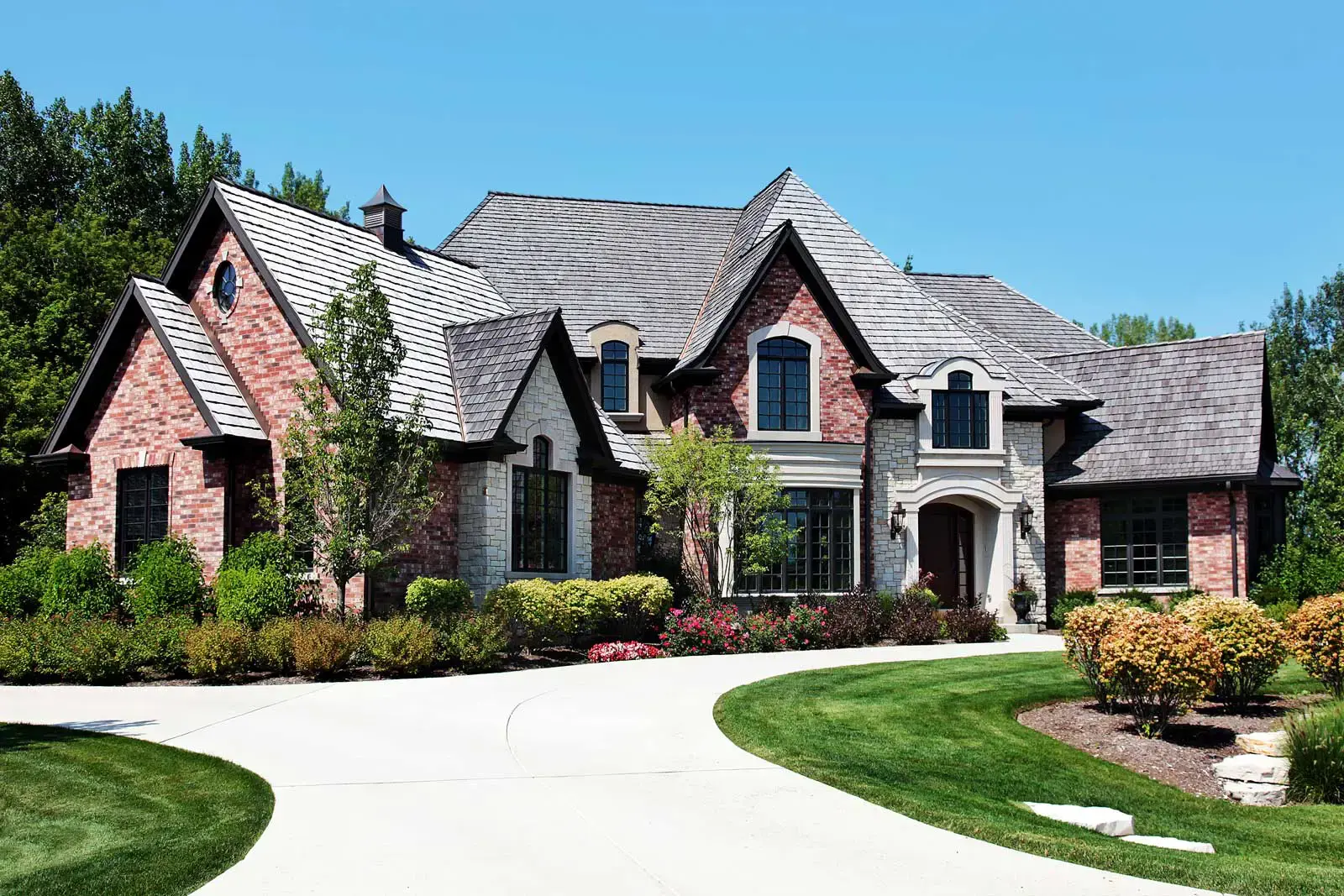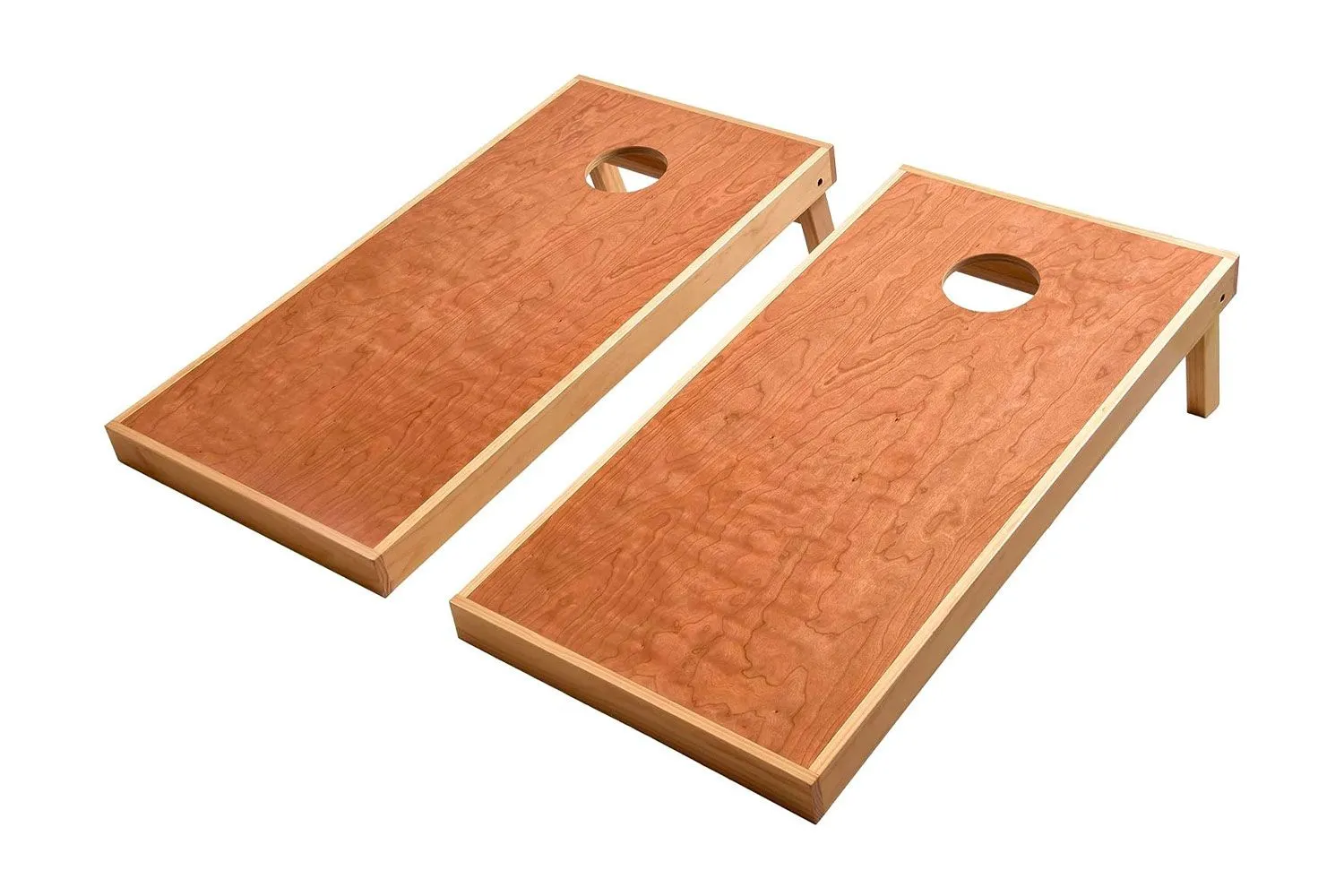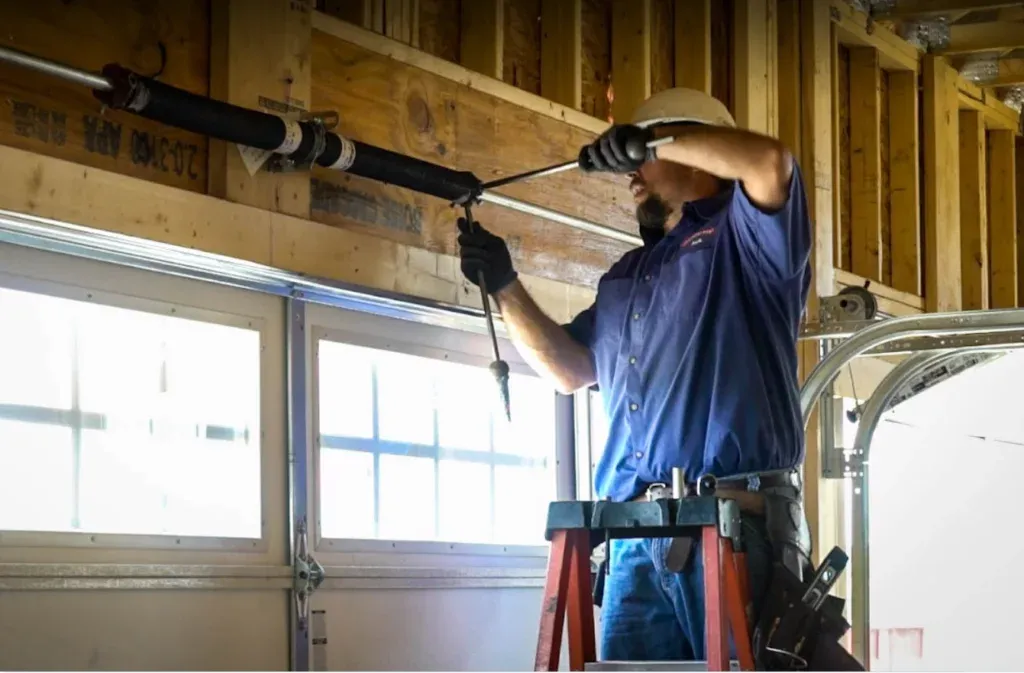Knowing how to calculate square feet is a useful skill that is simple to master and can help you tackle various DIY home projects with ease.
You can estimate the cost of supplies for home renovation jobs like painting or laying new floors once you know the total square footage of a surface area.
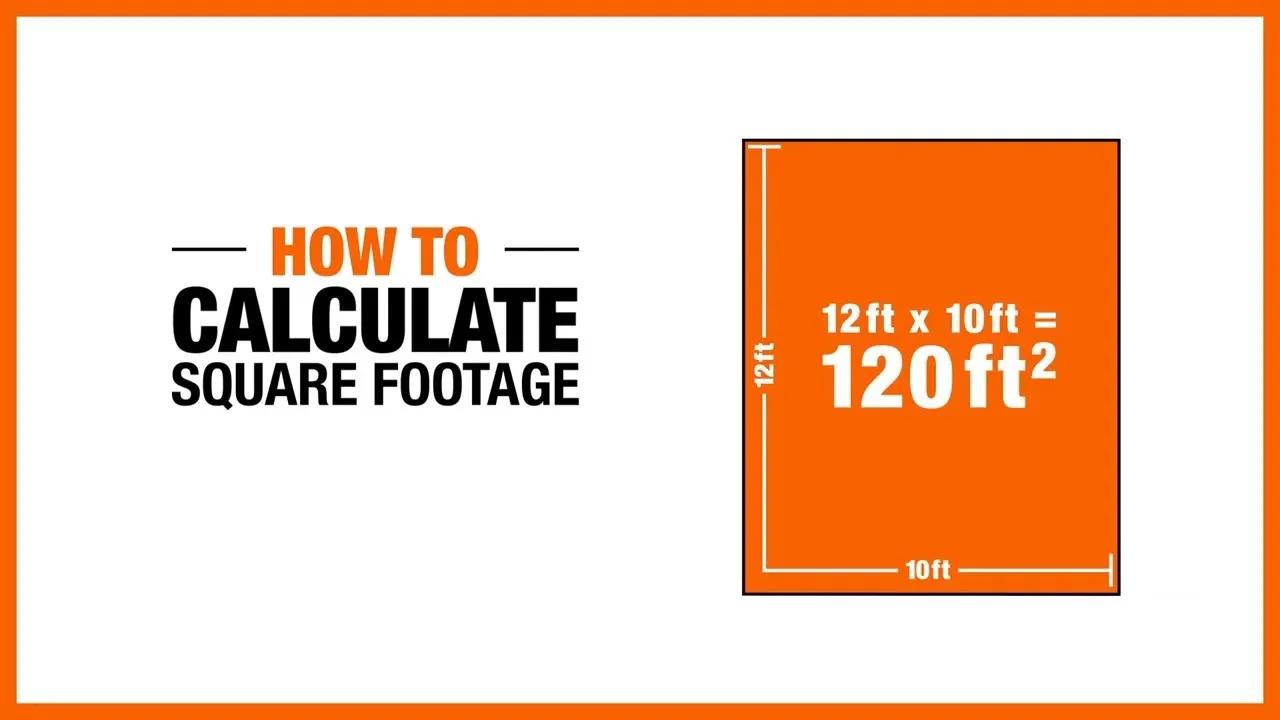
Understanding square footage will also improve your renting literacy because you’ll know how much space those figures equate to and whether your queen bed and area rug will fit in your new bedroom.
Finally, understanding square footage can help you calculate the price of your space by breaking down rental or real estate acquisition prices into a price per square foot.
How to Calculate Square Feet
Calculating how much space an object may take up is an important ability for new homeowners, landscapers, and construction workers.
The area measured in square feet is called square footage. Similarly, the area expressed in square yards is known as square yardage. One other frequent way to measure area is with a square meter.
Let’s say you wish to figure out the square footage area of a room or other rectangular space for flooring or carpet.
To find the area in feet squared (ft2), measure the length and width of the area, then multiply the two results together. This is how you calculate a rectangular area.
For a strangely configured area (like an L), the first square of the square or rectangle and calculate its area.
Work out how much the area of each bit is and sum them up. If feet and inches were used, change the non-units to feet before you convert (the original way); this will be multiplied by the other number to give the square footage.
1. Measure: Determine the area’s sides.
2. Convert every measurement you have to feet: Proceed to “Calculate the Area as Square Footage” if your measurement was in feet.
If your measurement was in feet and inches, multiply your foot measurement by 12 to find the total feet.
How to Convert Measurement Units
To convert measurements in another unit of measurement to feet and inches, do the following: divide the result by 12 to find the measurement in feet.
- Yards: That is your measurement in feet, multiplied by three.
- Centimeters: multiply the result to feet by 0.03281.
- Meters: multiply to convert to feet by 3.281
3. Calculate the Area as Square Footage: Multiply length by width for measuring a square or rectangle area: Length x Width equals Area.
Use the calculations below to find Area (ft2) = Square Footage for various area shapes.
Convert between square meters, square yards, square inches, and square feet.
For instance, you may measure everything in inches or millimeters, compute area in square inches or square centimeters, and then convert your result to the appropriate unit, such as square feet or square meters.
The following conversion factors can be used to convert between square feet, yards, and meters. Use this calculator to convert areas between other units.
Square Feet to Square Inches
- Multiply ft2 by 144 to obtain in 2 Square Feet to Square Yards
- Multiply ft2 by 0.11111 to obtain yd2 Square Feet to Square Meters;
- Multiply ft2 by 0.092903 to obtain m2 Square Yards to Square Feet;
- Multiply yd2 by 9 to obtain ft2 Square Yards to Square Meters
- Multiply yd2 by 0.836127 to obtain m2 Square Meters to Square Inches
- Multiply m2 by 1,550 to obtain in Square Meters to Square Feet
- Multiply m2 by 10.7639 to obtain ft2 Square Meters to Square Yards
- Multiply m2 by 1.19599 to obtain yd2
Basic Formula for Square Feet
Determine the length and width of the space you’re dealing with in feet to calculate feet squared (or sq. ft. for short).
Square feet are calculated by multiplying the length by the breadth. Here’s a simple formula you can use:
Area in square feet = length (in feet) x breadth (in feet).
If you can’t imagine what a square foot is, draw a square 1 foot tall by 1 foot wide—you’ve got one square foot!
Many such squares against one another equal a full wall, floor, fabric sheet, wallpaper, etc. You’re measuring the whole area of a structure rather than just how tall or broad it is.
Other Units of Measure
If you need to convert the square footage area into square inches (which is more typical for smaller things), apply the standard calculation but multiply the length and width measurements by 12 (since one foot is 12 inches).
If you need to convert the square footage area into square yards (which is more usual for fabrics), apply the basic calculation but divide the length and width measurements by 3 (since one yard is three feet).
Follow the basic method, but reduce the length and width measurements by 0.3 (since there are 0.3 meters in one foot) if you need to determine the area in square meters (for the metric system).
How to Calculate Square Footage in Different Types of Rooms
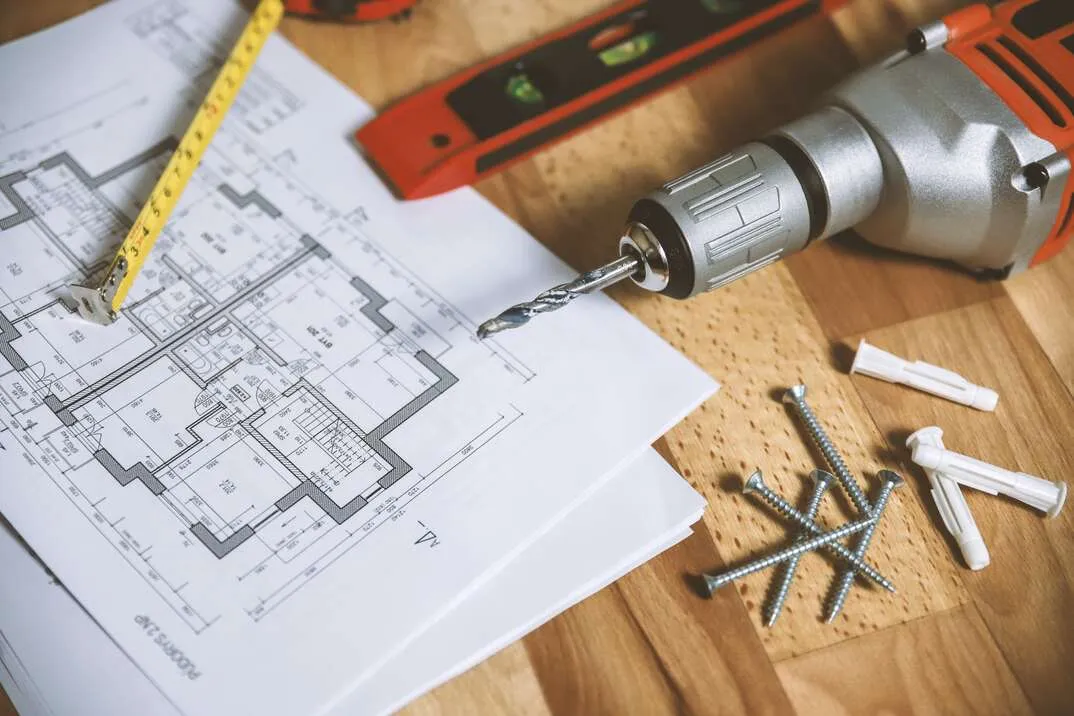
1. For a Rectangular Room; make use of a simple method to calculate the area of a room or space with a square or rectangular shape.
2. For rooms with closets; which are similar to rectangular rooms with little rectangular add-ons. Calculate and total the square footage of each rectangle.
3. For Odd-shaped rooms; the typical instrument for measuring area can be used in odd-shaped rooms as well.
However, all you have to do is divide the space into discrete parts that are simple to calculate on their own and then total the findings.
If you have a lot of angles in your room, apply this triangle formula it’s just a rectangle or square sliced in half!
Length (in feet) x width (in feet) ÷ 2 = area in sq ft
What is Usable Square Footage?
In a commercial real estate situation, “usable square footage” refers to the amount of square footage a tenant may use, eliminating common features such as stairwells, corridors, and lobbies.
In the context of residential real estate, usable square footage refers to the surface area of your own space in the household as opposed to common areas such as corridors, storage closets, and shared spaces such as kitchens and living rooms.
It is very important to know the general method for determining square footage, and there may be additional considerations or variances based on local construction codes or restrictions.
If you want an exact measurement, you should obtain professional help from an appraiser or architect.
